Abstract
Adolescents with depression are at risk for negative long-term consequences and recurrence of depression. Many do not receive nor access treatment, especially Latino youth. New treatment approaches are needed. This study examined the feasibility and acceptability of a stepped collaborative care treatment model (SCIPT-A) for adolescents with depression utilizing interpersonal psychotherapy for adolescents (IPT-A) and antidepressant medication (if needed) compared to Enhanced Treatment as Usual (E-TAU) in urban pediatric primary care clinics serving primarily Latino youth. Results suggest the SCIPT-A model is feasible, acceptable and potentially beneficial for urban Latino adolescents. Clinicians delivered the SCIPT-A model with fidelity using supervision successfully implemented in a community setting.
Keywords:
Adolescents, Depression, Psychotherapy, Primary care, Treatment, Interpersonal, Collaborative care
Introduction
Approximately one in ten adolescents will experience a major depressive episode at some point during their teenage years (Merikangas et al. 2010), and 60% of adolescents who are depressed do not receive any services nor adequate treatment (Merikangas et al. 2011). Thus they are at risk for recurrent episodes and other negative long-term consequences including suicidal behavior, unemployment, poor physical health, and other mental health disorders (Jonsson et al. 2011; Thapar et al. 2012). Minority youth, such as Hispanic adolescents, have elevated rates of depression (Potochnick and Perreira 2010) and though prevalence of depression is lower among Blacks than Whites, the chronicity and burden of depression are greater for Blacks (Williams et al. 2007). Moreover, minority youth are often less likely than White youth to have access to quality mental health services (Alegria et al. 2010; Hough et al. 2002; Williams et al. 2007), thus highlighting the importance of identifying ways to increase access to services.
Hispanics have the lowest treatment utilization for depression as compared to other ethnicities according to the National Comorbidity Survey Adolescent Supplement (NCS-A) findings (Merikangas et al. 2011). Several treatment barriers for Latino youth include cultural variations in problem recognition, attitudes towards mental health services, socioeconomic factors, lack of appropriate services (Cauce et al. 2002), concerns about stigma (Merikangas et al. 2011), and language issues (Garcia and Duckett 2009; Yeh et al. 2003). Even in schools that offer on-site services, Latino youth, compared to non-Latino Whites, are still less likely to obtain treatment (Bear et al. 2014; Guo et al. 2014; Kim et al. 2015). Other more accessible and less-stigmatized locations for providing treatment include primary care settings (Kelleher and Stevens 2009). Latinos have been reported to trust the recommendations and judgment of primary care providers more than mental health providers and thus pediatric primary care settings may be a more acceptable site for receiving mental health care (Brown et al. 2007; Ishikawa et al. 2014).
ARTIGO COMPLETO: https://www.ncbi.nlm.nih.gov/pmc/articles/PMC5911397/








